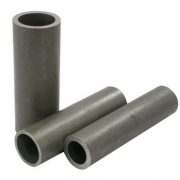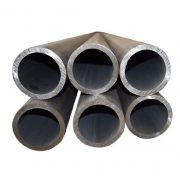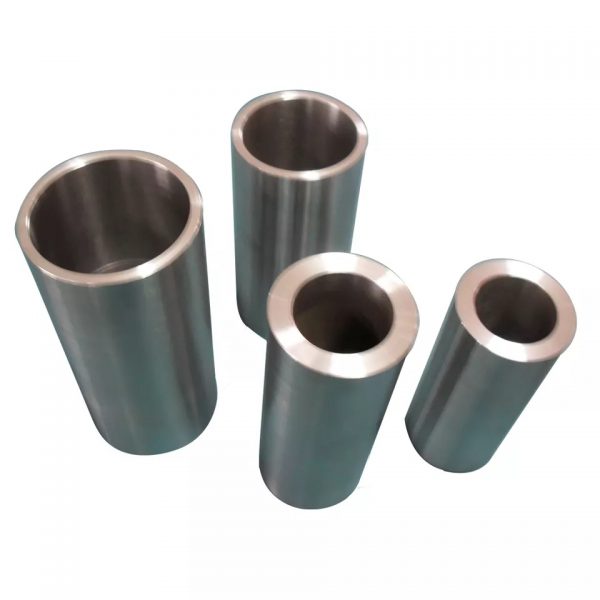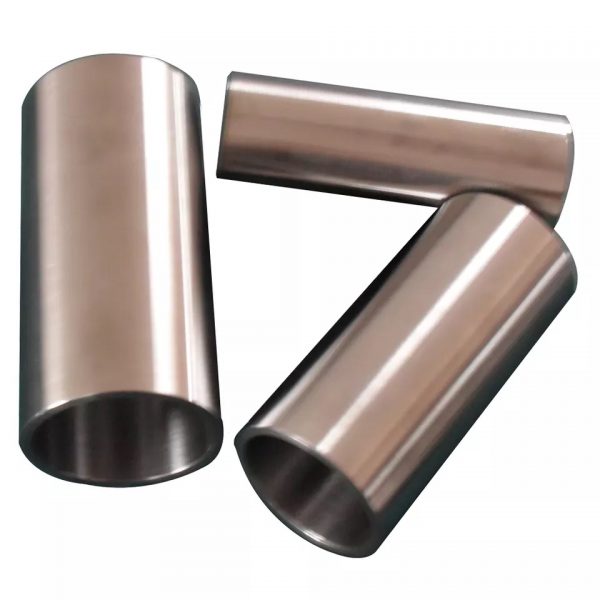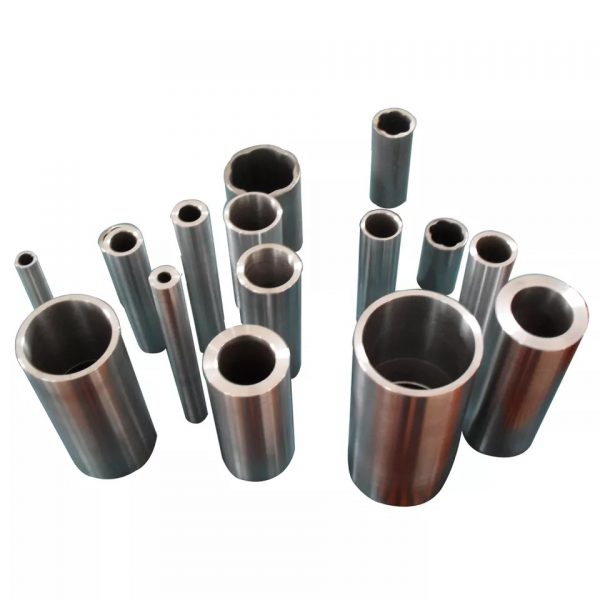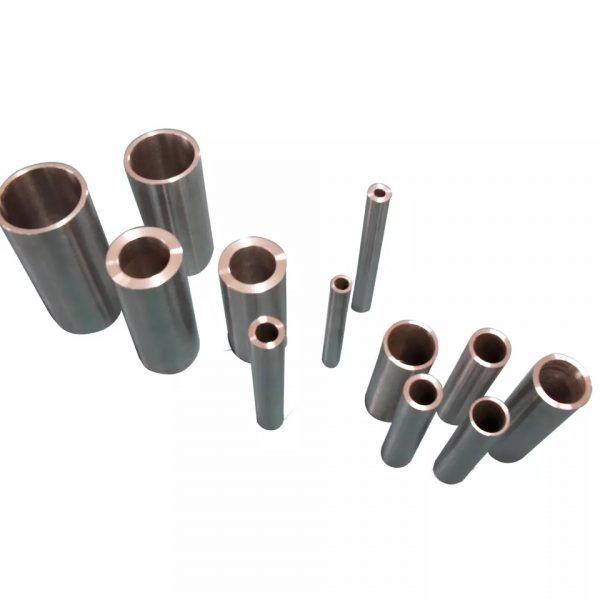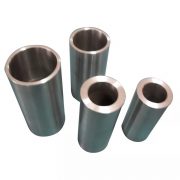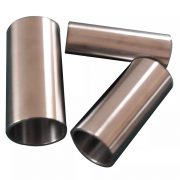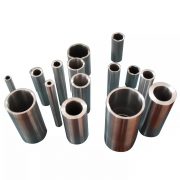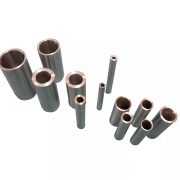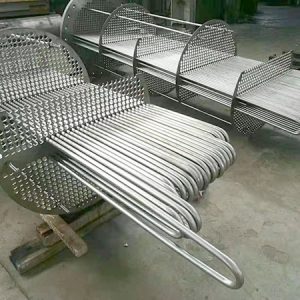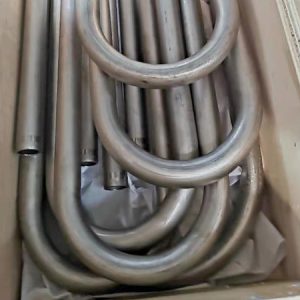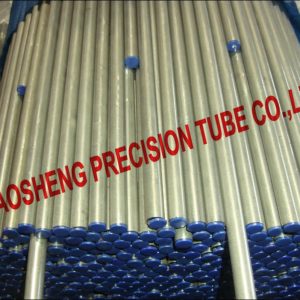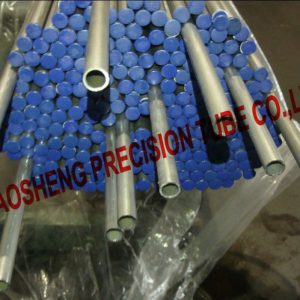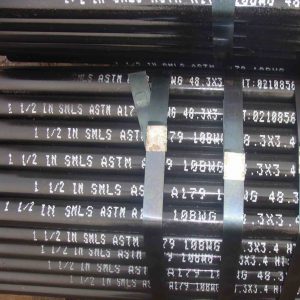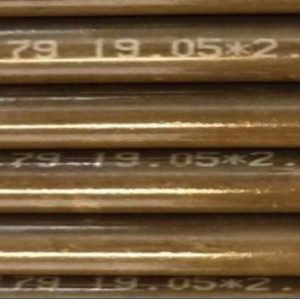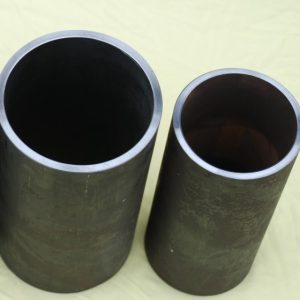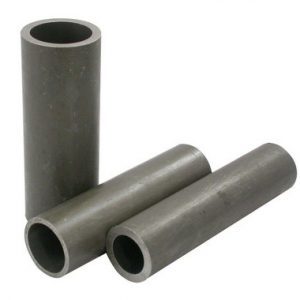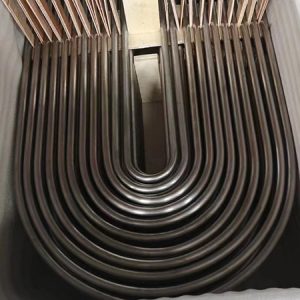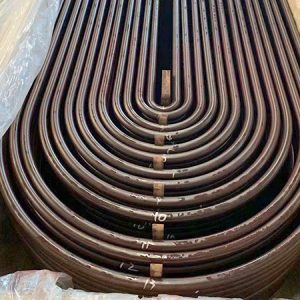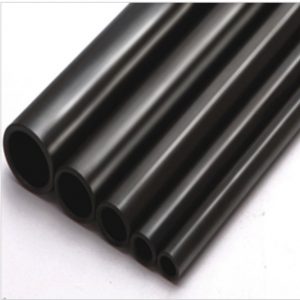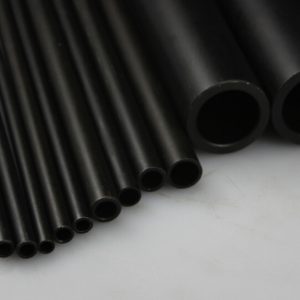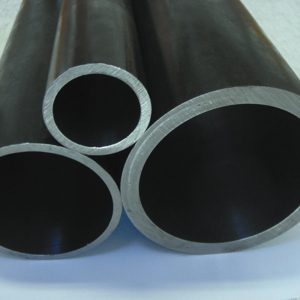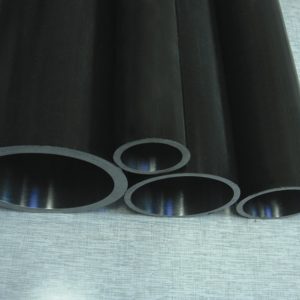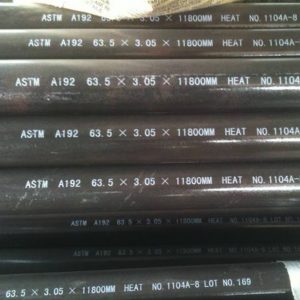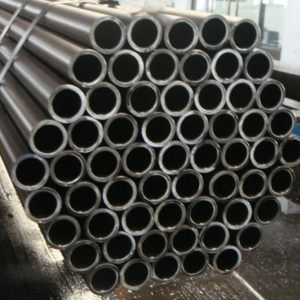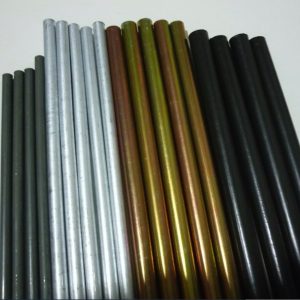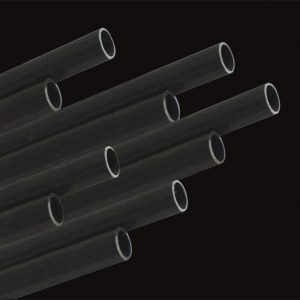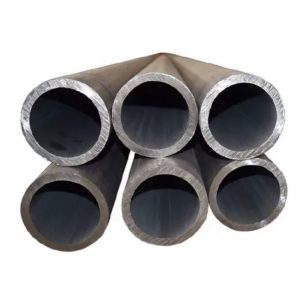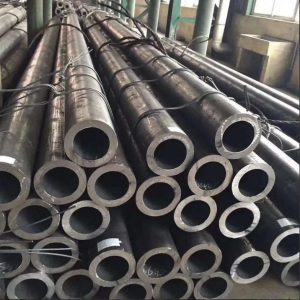100Cr6 베어링 강관
베어링 강관 열간 압연 또는 냉간 압연을 말합니다. (냉간 압연) 이음새가 없는 강관 일반 롤링 베어링 링 제조에 사용. 강관의 외경은 25-180mm입니다., 벽 두께는 3.5-20mm입니다., 두 가지 유형으로 나눌 수 있습니다.: 일반 정밀도 및 높은 정밀도. 베어링 강철은 공을 만드는 데 사용됩니다, 롤러 및 베어링 링. 베어링은 큰 압력과 마찰 하에서 작동합니다., 따라서 베어링 강은 높고 균일한 경도를 가져야 합니다, 착용 저항과 높은 탄성 한계.
화학 성분의 균일성에 대한 요구 사항, 비금속 개재물의 함량과 분포, 베어링 강의 탄화물 분포는 매우 엄격합니다. 모든 철강 생산에서 가장 엄격한 강종 중 하나입니다.
질문이 있으시면, 문의하시기 바랍니다 sales@grandsteeltube.com
- 묘사
- 문의
1. Relevant Steel Specification of 100Cr6 Bearing Steel
| Country | 미국 | German | 일본 | British |
| 표준 | ASTM A295 | 소음 17230 | JIS G4805 | 모텔 970 |
| Grades | 52100 | 100Cr6/1.3505 | SUJ2 | 535A99/EN31 |
2. Chemical Composition of 100Cr6 Bearing Steel and Equivalents
| 표준 | 급 | C | 미네소타 | P | S | Si | 니켈 | 크롬 | ᄏᄏ�� | 모 |
| ASTM A295 | 52100 | 0.93-1.05 | 0.25-0.45 | 0.025 | 0.015 | 0.15-0.35 | 0.25 | 1.35-1.60 | 0.30 | 0.10 |
| 소음 17230 | 100Cr6/1.3505 | 0.90-1.05 | 0.25-0.45 | 0.030 | 0.025 | 0.15-0.35 | 0.30 | 1.35-1.65 | 0.30 | – |
| JIS G4805 | SUJ2 | 0.95-1.10 | 0.50 | 0.025 | 0.025 | 0.15-0.35 | – | 1.30-1.60 | – | – |
| 모텔 970 | 535A99/EN31 | 0.95-1.10 | 0.40-0.70 | – | – | 0.10-0.35 | – | 1.20-1.60 | – | – |
3. Mechanical 속성 of DIN 100Cr6 Bearing Steel
| 속성 | 메트릭 | Imperial |
| Bulk modulus (typical for steel) | 140 GPa | 20300 KSI (케이시) |
| Shear modulus (typical for steel) | 80 GPa | 11600 KSI (케이시) |
| Elastic modulus | 190-210 GPa | 27557-30458 KSI (케이시) |
| Poisson’s ratio | 0.27-0.30 | 0.27-0.30 |
| 경도, Brinell | – | – |
| 경도, Knoop (converted from Rockwell C hardness) | 875 | 875 |
| 경도, Rockwell C (quenched in oil from 150°C tempered) | 62 | 62 |
| 경도, Rockwell C (quenched in water from 150°C tempered) | 64 | 64 |
| 경도, Rockwell C (quenched in oil) | 64 | 64 |
| 경도, Rockwell C (quenched in water) | 66 | 66 |
| 경도, Vickers (converted from Rockwell C hardness) | 848 | 848 |
| Machinability (spheroidized annealed and cold drawn. Based on 100 machinability for AISI 1212 강철) | 40 | 40 |
- 100Cr6 Steel Physical Properties
| 속성 | 메트릭 | Imperial |
| 밀도 | 7.81 g / cm3 | 0.282 파운드/인치³ |
| 녹는점 | 1424°C | 2595°F |
- DIN 100Cr6 Alloy Steel Thermal Properties
| 속성 | 메트릭 | Imperial |
| Thermal expansion co-efficient (@ 23-280°C/73.4- 36°F, 단련) | 11.9 µm/m°C | 6.61 µin/in°F |
| Thermal conductivity (typical steel) | 46.6 W/mK | 323 BTU in/hr.ft².°F |
4. Forging of DIN 100Cr6 Bearing Steel
DIN 100Cr6 alloy steel is forged at 927 to 1205°C, and should not be forged below 925ºC. A post-forge equalization treatment is recommended at 745ºC for 4-6 hours followed by air cooling for SAE/AISI 52100 강철.
5. Heat 치료 for DIN 100Cr6 Bearing Steel
DIN 100Cr6 alloy bearing steel is heated at 816°C followed by quenching in oil. Before performing this process, it is subjected to normalizing heat treatment at 872°C followed by slowly cooling in order to reduce the machining stress.
Hot Working
DIN 100Cr6 bearing steels alloy can be hot worked at 205 to 538°C.
Cold Working
DIN 100Cr6 bearing steel can be cold worked using conventional techniques in the annealed or normalized conditions.
어 닐 링
For spheroidize anneale, the following isothermal anneal is recommended:
- 1500ºF (815ºC) for 3 시간
- 1350ºF (735ºC) for 4 시간
- 1250ºF (675ºC) for 3 시간
- Slow cool to 1000ºF (540ºC) then air cool.
Quenching
DIN 100Cr6 alloy bearing steel could be hardened by quenching in water from 801-829 degree or quench in oil from 816-842 degree.
Tempering
Temper to desired hardness as indicated by tempering curves after water or oil quench.
The special steel grades for bearing steel pipe production include the following (G marked with “rolling”): chromium bearing steel such as GCr6, GCr9 (SiMn), GCrl5 (SiMn); Chromium free bearing steels such as GSiMnV (Re), GSiMnMoV (Re), GMnMoV (Re); Carburized bearing steel such as G20CrMo, G20Cr2Mn2Mo; High carbon chromium stainless bearing steel such as 9Cr18 (모), 등.
The smelting quality of bearing steel is required to be very high. It is necessary to strictly control the content of sulfur, phosphorus, hydrogen, 등., as well as the quantity, size and distribution of non-metallic inclusions and carbides. Because the quantity, size and distribution of non-metallic inclusions and carbides have a great impact on the service life of bearing steel, bearing failure is often caused by the propagation of microcracks around large inclusions or carbides.
The content of inclusions is closely related to the oxygen content in steel. The higher the oxygen content, the more inclusions and the shorter the service life. The larger the particle size and uneven distribution of inclusions and carbides are, the shorter their service life will be. Their size and distribution are closely related to the smelting process used and the smelting quality. The main processes for producing bearing steel are continuous casting and electric furnace smelting+electroslag remelting process smelting. A small number of processes such as vacuum induction+vacuum self consumption double vacuum or+multiple vacuum self consumption are used to improve the quality of bearing steel.
질문이 있으시면, 부담없이 문의해 주세요 sales@tubesolutions.com.cn

